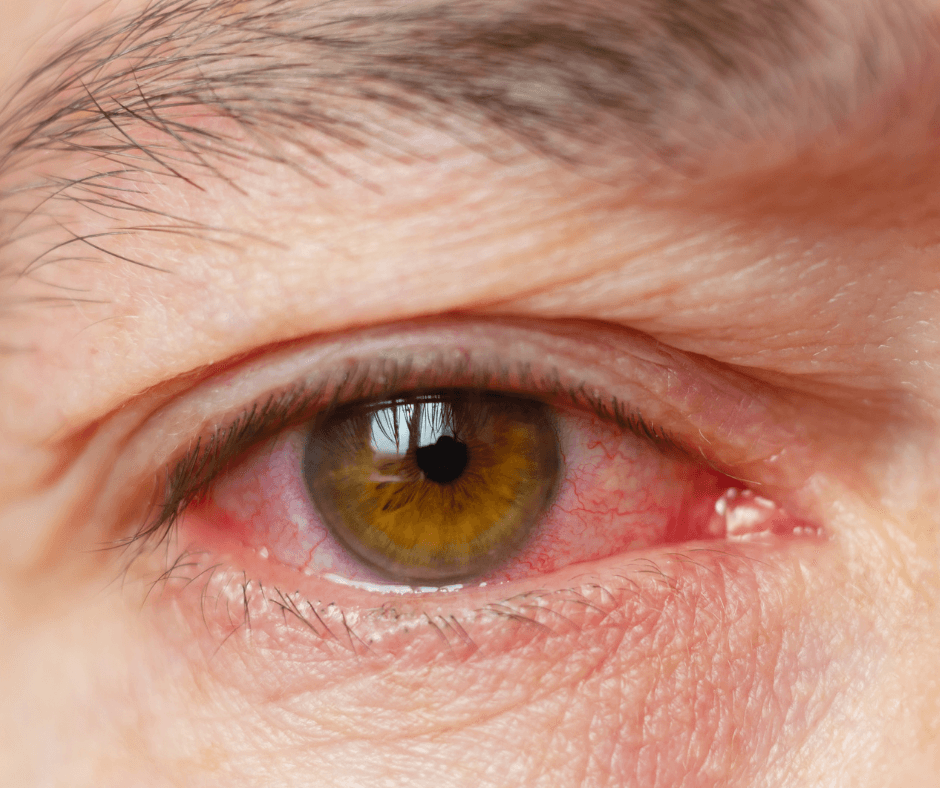Featured
Understanding usual eye issues and how to stop them is important for preserving eye wellness throughout life. In this blog, we'll talk about some of the most common eye issues and provide suggestions on just how to secure your vision.
- Dry Eyes:
Dry eye disorder happens when your eyes do not generate enough tears or the right quality of tears to maintain them lubricated. Symptoms consist of a stinging, burning sensation, or the feeling of something being stuck in your eye. Ecological factors like a/c, smoke, and long hours of staring at a computer display can intensify this problem.

Avoidance:
Blink regularly when making use of electronic devices to guarantee your eyes stay damp. Use artificial tears if needed. Attempt a humidifier in dry settings. Remain hydrated and protect your eyes from wind and smoke. 2. Cataracts:
A cataract is the clouding of the lens in your eye, which can cause fuzzy vision, difficulty seeing in the evening, and light level of sensitivity. It usually occurs as component of the all-natural aging procedure, however particular variables such as UV direct exposure, smoking cigarettes, and diabetic issues can enhance the threat.
Avoidance:
Wear UV-blocking sunglasses when outdoors. Stop smoking and manage diabetes to reduce the risk. Consume a healthy and balanced diet plan abundant in antioxidants, such as leafy eco-friendlies, nuts, and fish. 3. Glaucoma:
Glaucoma is a team of eye conditions that harm the optic nerve, often triggered by enhanced eye stress. It can cause irreversible vision loss if left neglected. Since glaucoma normally establishes slowly, there may be no early symptoms, making regular eye examinations important.
Avoidance:
Obtain routine eye check-ups to check eye stress. Follow suggested treatments if detected with glaucoma. Workout routinely to enhance flow and decrease eye stress. 4. Age-Related Macular Degeneration (AMD):
AMD affects the macula, the part of the retina in charge of sharp central vision. This condition can lead to vision loss, specifically in older grownups. Early signs consist of problem checking out or seeing faces plainly.
Avoidance:
Shield your eyes from UV light by putting on sunglasses. Preserve a healthy diet plan rich in vitamins C and E, zinc, and omega-3 fatty acids. Avoid smoking cigarettes, which can increase AMD progression. 5. Conjunctivitis (Pink Eye):
Conjunctivitis is the swelling of the slim cells covering the white component of the eye, often brought on by bacterial or viral infections. Symptoms consist of soreness, itching, and watery discharge from the eyes.
Prevention:
Laundry your hands often and stay clear of touching your eyes. Stay clear of sharing individual things like towels or make-up. Keep away from infected people to stop the spread. 6. Refractive Errors (Near-Sightedness, Far-Sightedness, Astigmatism):
Refractive errors occur when the form of the eye avoids light from concentrating correctly on the retina. Symptoms include blurry vision at different ranges, depending on the kind of refractive mistake.
Avoidance:
Regularly visit an eye medical professional for eye tests. If necessary, use rehabilitative lenses such as glasses or get in touch with lenses. Practice great eye hygiene to stay clear of straining your eyes. Final Thought:
Preserving eye health requires a mix of preventative measures and routine eye exams. By understanding usual eye issues and following easy tips for prevention, you can maintain your eyes in good condition and guarantee ideal vision for many years to find. Keep in mind, it's never prematurely to start looking after your eyes, so take activity today!
Latest Posts
Style and Efficiency Combined
NAPA AutoCare Certified: Choose Montclare Auto Repair for Professional Workmanship
Benefits of NAPA AutoCare? Montclare Auto Repair Has You Covered